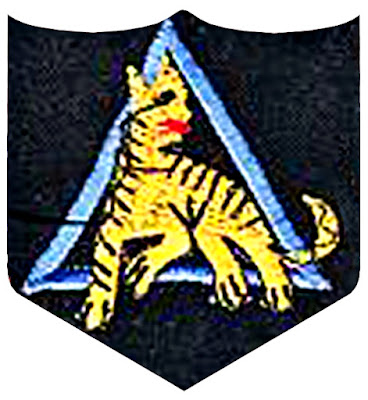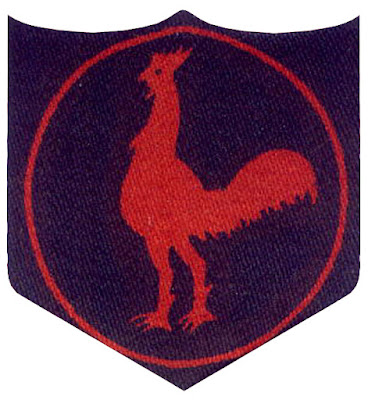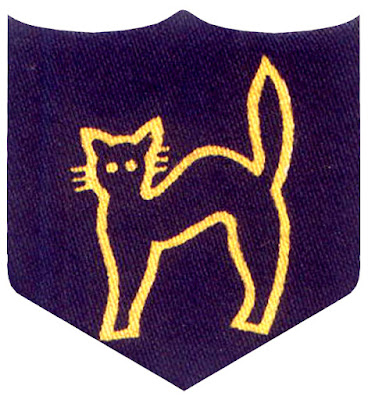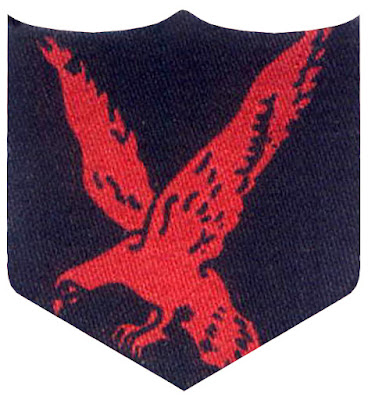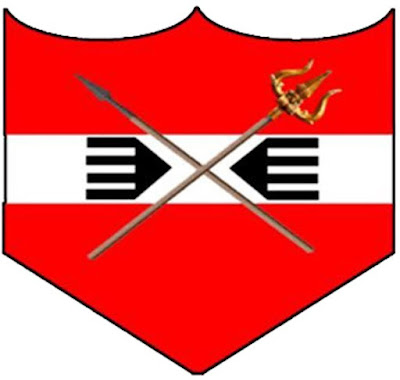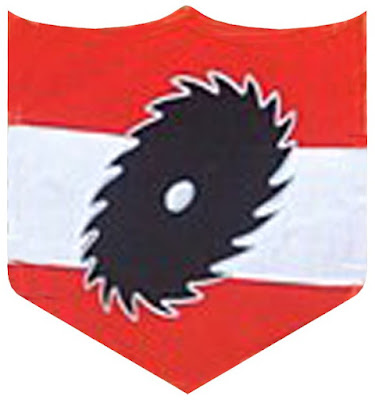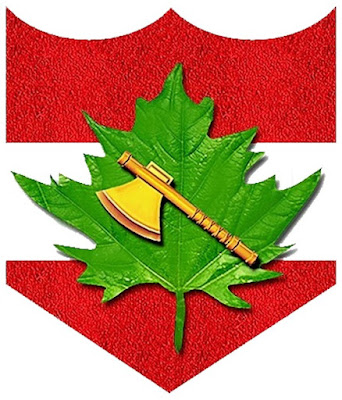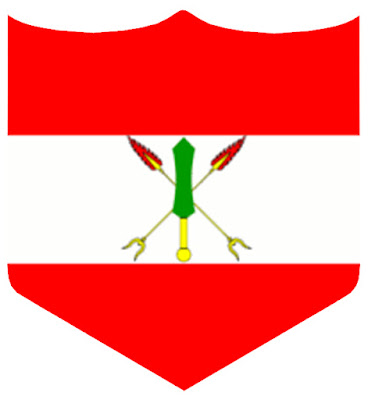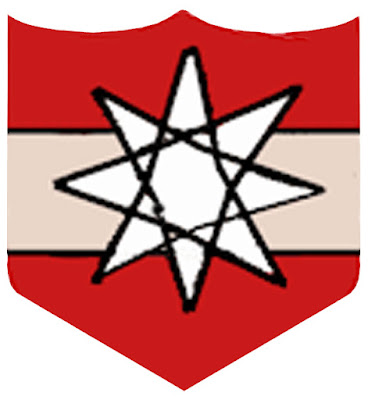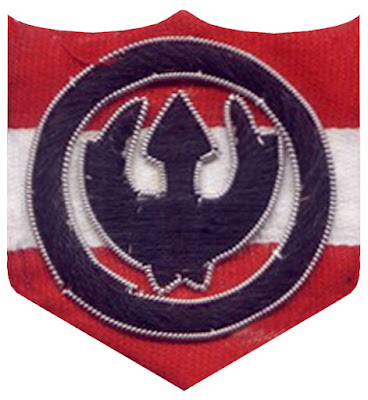CORPS OF ENGINEERS
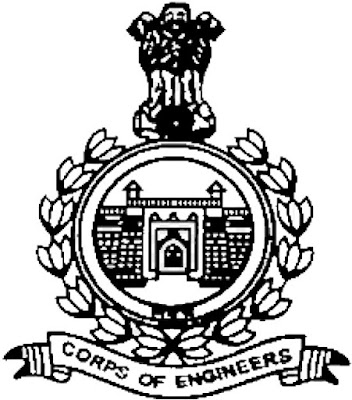
CORPS OF ENGINEERS The Corps of Engineers is one of the oldest arms of the Indian Army and consists of three Presidency Army (Madras, Bengal, Bombay) Sapper Groups. The origin of the Corps dates back to 1780 when the two regular pioneer companies of the Madras Sappers were raised. Subsequently, the Group of Madras, Bengal and Bombay Sappers were formed and later merged on 18 November 1932 to form the Corps of Engineers in its present form. The Regimental Centre for the Madras Engineer Group is Bangalore, Karnataka. The Regimental Centre for the Bengal Engineer Group is Roorkee, Uttar Pradesh. The Regimental Centre for the Bombay Engineer Group is Kirkee, Maharashtra. Personnel of this Corps are called Sappers, though the units are known as Engineers. The College of Military Engineering in Pune, is the premier training institution for the Corps of Engineers. Its insignia has fort surrounded by a circular wreath and cresed by National Emblem, below which in a bord



